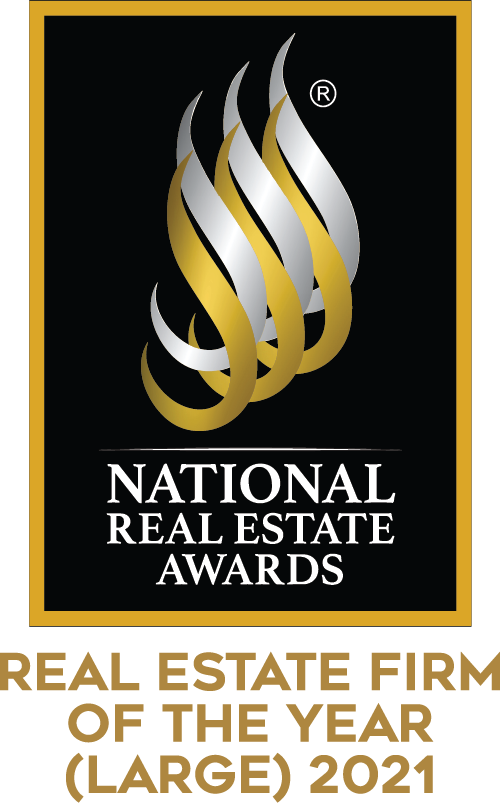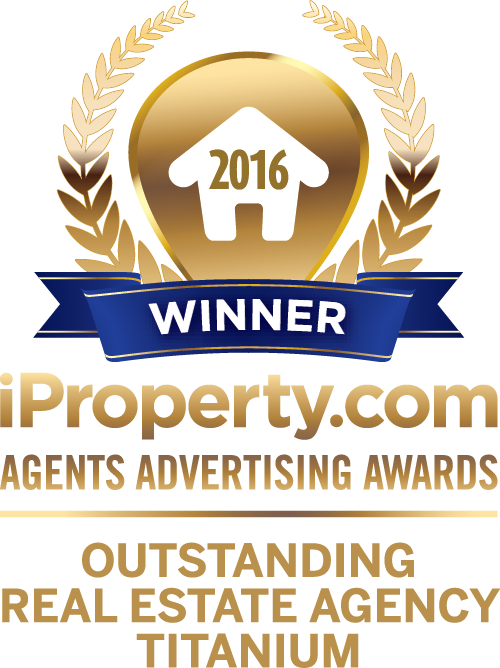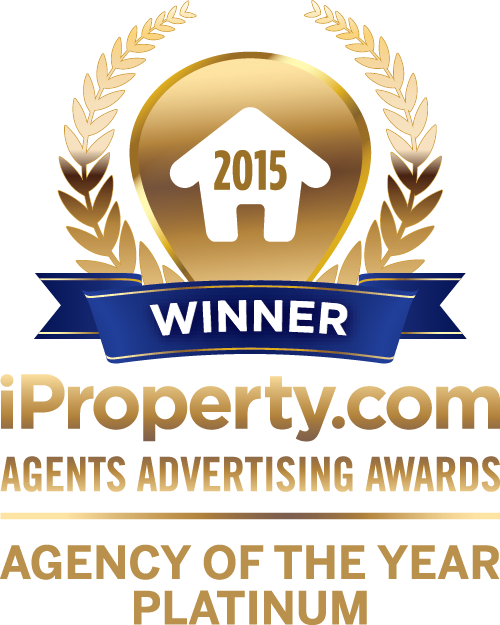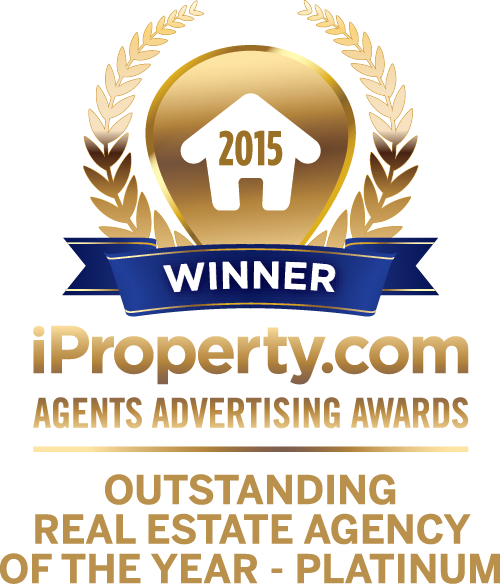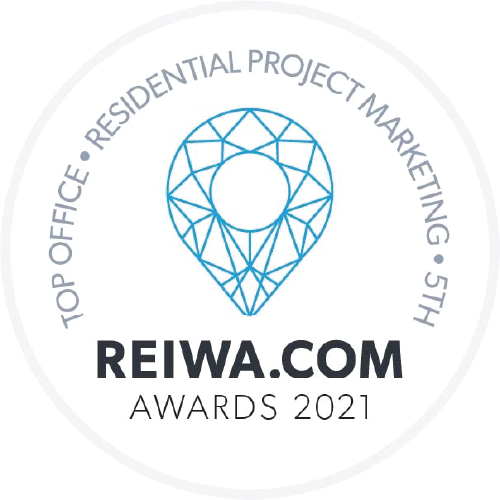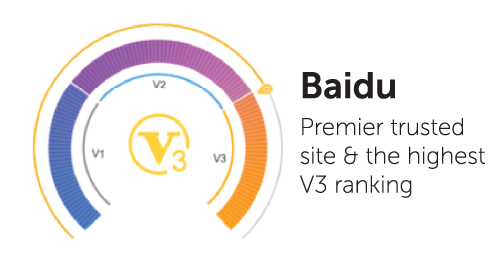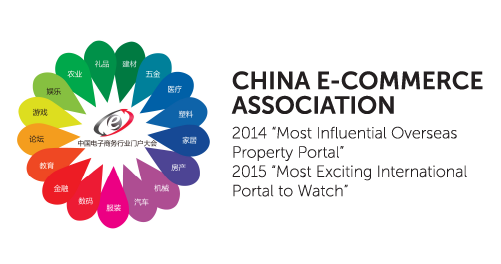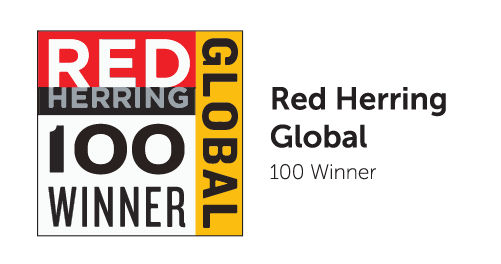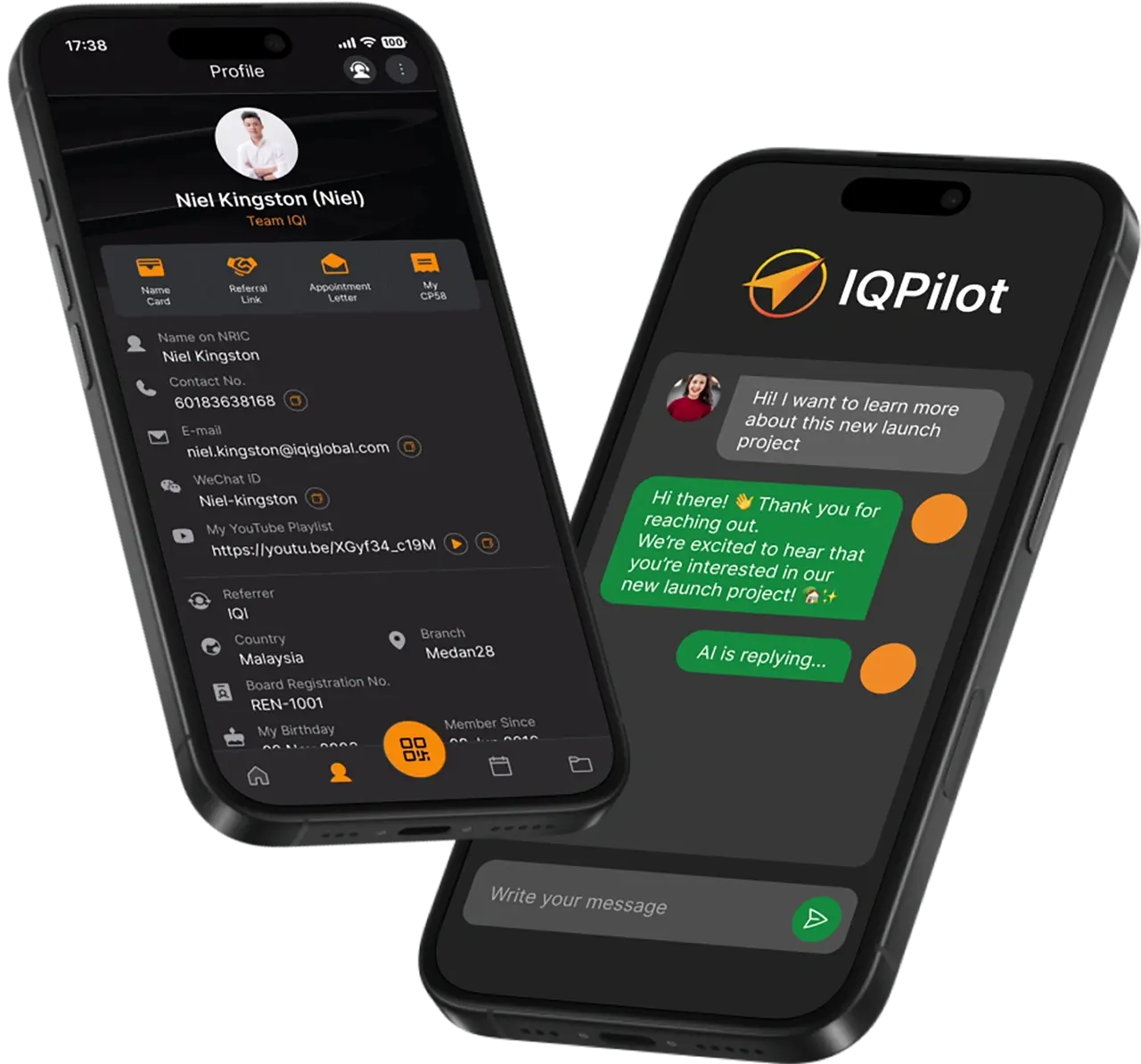The Future of
Global Real Estate
Buy, sell, or rent a house from over 7 million listings globally with professional help by your side, or join us and become part of our global network today!
Discover
Your one-stop property solution
Free Consultation with an Agent
Find my dream home through an agent
Sell or Rent property
Have an agent list my property
Manage My Deal
Follow up on my buying process
Mortgage Calculator
I want to calculate my budget
Register as a Real Estate Negotiator
I want to become a real estate negotiator in IQI
Latest Listings

Anya @ Shorea Park
ANYA Shorea Park Residence, 2, Jalan SP 1, Shorea Park, 47120 Puchong, Selangor
Starting from: RM 504,000
Starting from: RM 583,800
Starting from: RM 1,898,000
Starting from: RM 2,062,000

Parkside Residence
Health Institute, Bukit Persekutuan, 59000 Kuala Lumpur, Federal Territory of Kuala Lumpur
Starting from: RM 665,000
Starting from: RM 658,600

Stellaris Riana Dutamas@Segambut
368, Jalan Segambut, Segambut, 51200 Kuala Lumpur, Wilayah Persekutuan Kuala Lumpur
Starting from: RM 519,000

M Aspira @ Taman Desa
4M2V+68, Taman Danau Desa, 58100 Kuala Lumpur, Wilayah Persekutuan Kuala Lumpur
Starting from: RM 538,800

Linari @ Kwasa Damansara
Lot 87237, Persiaran Atmosfera, U 4, 40160 Shah Alam, Selangor
Starting from: RM 784,000

Gamuda Gardens Park Astor@Rawang
48050, Le Gardens Pavilion, Persiaran Gamuda Gardens 1, 48050, Persiaran Gamuda Gardens, 48020 Rawang, Selangor
Starting from: RM 779,800
Starting from: RM 522,500

Skyline Embassy
Jln Ampang, Taman U Thant, 50450 Kuala Lumpur, Wilayah Persekutuan Kuala Lumpur
Starting from: RM 787,000
Our story
Award-winning PropTech Agency

IQI goes beyond conventional boundaries.
With offices in 30+ countries and 50,000+ real estate negotiators and growing, we have a unique perspective into international best practices in real estate, allowing our team to become global real estate entrepreneurs through cross border property investment and transactions.
Countries
Agents
Projects
All-in-one
Connecting you globally
Invest with us
Invest on a platform with over 6 million global properties from more than 111 countries to empower yourself as a citizen of the world.
Advertise with us
Maximise advertising efficiency and lead conversion through our buyers using data.
Testimonials
Hear from our happy buyers
Learn
Tips and Guides
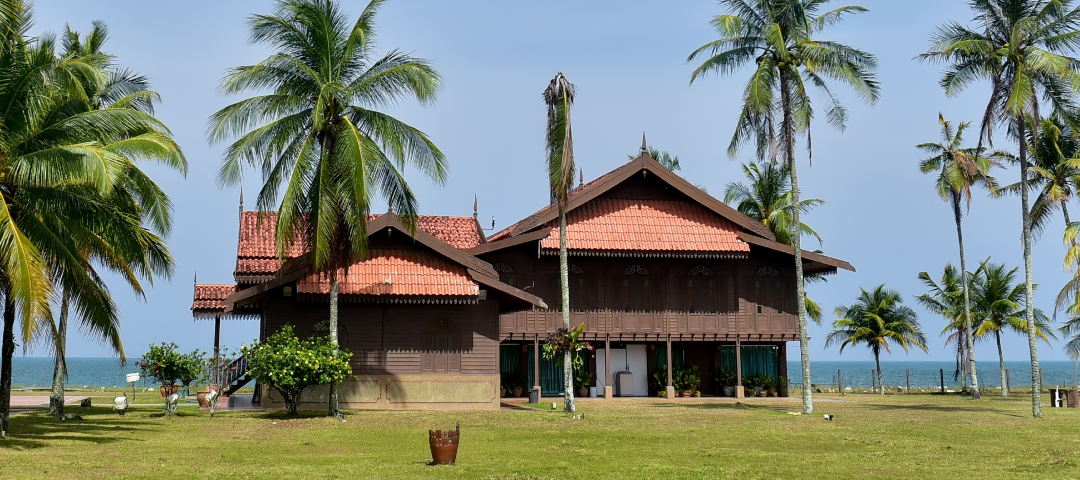 Got a Kampung House? Here’s How to Turn It into a Money-Making Airbnb 2025
Got a Kampung House? Here’s How to Turn It into a Money-Making Airbnb 2025
Version: BMInstead of letting their kampung homes go to waste, more and more Malaysians are transforming them into charming Airbnb stays. With the rising demand for slow travel and authentic cultural experiences, kampung stays offer a peaceful escape from city life. This growing trend is especially popular among the younger generation, particularly Gen Z, who prefer something more unique, flexible, and affordable than a typical luxury hotel. Waking up to fresh air, scenic paddy fields, and the sounds of nature, this is exactly the kind of "real" Malaysian village experience many travellers today are looking for. If you’ve inherited a kampung house or own rural land that’s currently sitting idle, it could be the perfect opportunity to breathe new life into it. Let’s dive into why this trend is booming, and why you might want to get in on it too. Turn Your Kampung House into Cash:1. Good to Preserve Family Heritage 2. New Income Stream for Rural Communities 3. Rising Demand for Local, Aesthetic & Authentic Escapes 4. Government Support & Tourism Campaigns 5. Tips to Turn Your Kampung to Airbnb Frequently Asked Questions (FAQs)1. Good to Preserve Family Heritage Many Malaysian families have kampung homes passed down from grandparents or even great-grandparents. These homes, often built on love and legacy, hold stories of the past but sadly, many are now empty or deteriorating due to urban migration. But with the growing movement among younger Malaysians to preserve these meaningful spaces in creative and profitable ways. In fact, a survey by Airbnb found that 82% of Malaysians agree that short-term rental platforms help locals earn extra income. By turning them into Airbnb accommodations, owners can restore and protect the architecture, design, and memory of these traditional houses while still allowing them to serve a modern function. Why Turning your Kampung into Airbnb is a Good Idea: Restoration over demolition: Owners can renovate and maintain the original structure, preserving its charm and architecture. A tribute to ancestors: It becomes a way to honour family history while also making the space relevant for today’s use. Multi-generational connection: It allows younger family members to reconnect with their roots by visiting, hosting guests, or even managing the property. 2. New Income Stream for Rural Communities In the face of inflation and rising living costs, many Malaysians are looking for ways to generate additional income and turning idle kampung homes into Airbnb has proven to be a smart, low-barrier way to do it. Especially in rural areas where job opportunities may be limited, a kampung Airbnb can bring in consistent earnings without requiring massive capital investment. From retirees to homemakers, even part-time hosts can benefit from renting out their homes during holidays, weekends, or school breaks. In some cases, the earnings even help fund home maintenance or family events. Idle homes become active assets: Properties that would otherwise stay vacant now serve a purpose. Alternative income for retirees and homemakers: Hosting part-time or during school holidays can generate extra money without the need for full-time work. Long-term potential: For families who own more than one property, rural Airbnb listings can be part of a larger passive income strategy. 3. Rising Demand for Local, Aesthetic & Authentic Escapes Travellers today are searching for more than just a bed to sleep in. They’re craving authenticity. As tourism evolves, there's a clear shift towards meaningful experiences, slow travel, and destinations with personality. Kampung stays tick all those boxes. For city dwellers, kampung homes offer a nostalgic escape; for international guests, they offer rare glimpses into Malaysia’s traditional way of life. These homes are not only peaceful and scenic, but often Instagram-worthy with their vintage décor, wooden stilts, and open spaces. Immersive experiences: Think homemade breakfasts, wooden verandas, coconut trees, and wildlife. Appeal to Gen Z and millennials: This generation prefers unique stays with photogenic aesthetics. Many actively avoid corporate hotels in favour of something "real". Urban families seeking weekend getaways: Parents are increasingly looking for quiet, safe retreats for their children, away from the hustle of KL or Penang. 4. Government Support & Tourism Campaigns It’s not just the people driving this trend, government bodies and tourism campaigns are actively supporting the movement. Since the pandemic, local tourism has gained significant traction, with campaigns like Cuti-Cuti Malaysia and Malaysia Truly Asia encouraging citizens to explore their own backyard. This renewed focus on local heritage and community-based tourism means kampung homes are being seen as valuable assets in the national tourism landscape. Some local councils even offer support through training sessions, homestay certifications, and promotional materials. “Cuti-Cuti Malaysia” and “Malaysia Truly Asia” campaigns encourage Malaysians to travel locally and rediscover hidden gems. Promotion of traditional lifestyles: More travellers are encouraged to explore rural parts of the country, especially post-pandemic when local travel gained popularity. Grant and training support: In some states, local councils and tourism boards provide workshops or minor financial assistance to boost rural homestays. 5. Tips to Turn Your Kampung to Airbnb You don’t need to spend hundreds of thousands of ringgits to get started. Some of the most popular kampung stays keep their original structure and design because that’s exactly what people want: authenticity, not perfection. Focus on basic comfort and a warm, welcoming vibe. The most successful listings are the ones that tell a story. So, make yours stand out with thoughtful touches, a clear listing, and great photos. Even if you live far away, you can appoint someone local to help manage the place. How to Keep Your Airbnb Guest-Ready: Clean up and renovate where necessary: Ensure basic cleanliness, repaint walls, and fix any safety hazards. Keep the charm, modernise the essentials: Add necessities like fans, air-conditioning (if needed), proper toilets, and internet access. Decorate thoughtfully: Embrace a rustic or nostalgic theme. Think vintage tiles, batik tablecloths, or rattan furniture. Strong listings: Invest in good photos, write detailed and welcoming descriptions, and consider attractive seasonal pricing. Host with heart: Offer small extras like a welcome drink, breakfast, or even a short local tour.Turning kampung homes into Airbnbs is more than just a passing trend. It’s a beautiful blend of modern entrepreneurship and cultural preservation. What was once seen as old-fashioned is now celebrated. You’re not only generating income, but helping preserve a slice of Malaysia’s rural charm for others to experience and enjoy. Frequently Asked Questions (FAQs) 1. Why do guests prefer kampung Airbnb stays over hotels? Because they’re personal, peaceful, and unique. Many guests want to "escape the city" and are drawn to kampung stays for the nature and simplicity. 2. Is it expensive to turn a kampung house into an Airbnb? Not necessarily. You can start with small improvements and build up over time. Most guests don’t expect luxury. Authenticity is what they’re paying for.3. Can I still use the house for my family when it's not booked? Yes! Many hosts use a flexible calendar. You can block off family dates and only accept bookings during weekends, holidays, or special seasons. 4. What if I live far away or overseas? You can partner with a co-host. Perhaps a neighbour, sibling, or trusted local, to manage check-ins, cleanings, and basic maintenance. Your kampung house could be your best investment! Get professional guidance from IQI Global and learn how to make your village home appealing to modern travellers.[custom_blog_form]Continue Reading: Is it Illegal to Run an Airbnb Service in Malaysia? We Have The Answer, Plus A Game-Changing Airbnb HackSarawak Property Insight: Tourism, Education & Festivals Contribute To Airbnb’s BusinessesHow Gen Z Can Save Money to Buy a House Before 30
Continue Reading
 Inside ABC’s Modern Family Homes and Sets!
Inside ABC’s Modern Family Homes and Sets!
Image source: ABCABC's Emmy award-winning sitcom Modern Family first aired in 2009 and quickly became a household favourite thanks to its relatable storytelling, distinct characters, and blend of humour and heart.But another subtle star of the show? The houses. Over the years, the homes of Jay and Gloria, Phil and Claire, and Cam and Mitchell became just as memorable as the storylines.If you’re a big fan of the mockumentary style sitcom, chances are you’ve dreamed of stepping inside one of the modern family houses.From Jay and Gloria’s house to the Dunphy home and Mitch’s duplex, the show’s iconic interiors became visual extensions of each character’s personality.Interestingly, did you know that most of the show was filmed on soundstages?The exterior shots you see are real homes in Los Angeles, but the interiors were carefully built sets designed to reflect the lives and quirks of each family.Here’s a closer look at where the families “lived,” both in the real world and on set.A Sneak Peek Inside Modern Family Homes!Jay & Gloria Pritchett’s HousePhil & Claire Dunphy’s HouseMitchell & Cameron’s HouseDesign That Felt RealFAQsSource: PinterestJay & Gloria Pritchett’s HouseAddress: 121 S. Cliffwood Ave, Brentwood, Los Angeles, CAStyle: Contemporary mansionEstimated Value: $11M–$11.5MJay and Gloria's house reflects their upgraded lifestyle. This Cliffwood Ave property has become a favorite for fans of the show.Jay Pritchett’s house shows off his status as a successful businessman with refined taste, while Gloria’s house flair adds warmth and drama.The Pritchett's house is one of three houses featured prominently in the show.Source: PinterestGloria and Jay’s KitchenJay and Gloria’s kitchen screams Old School meets Fiery Flair.The space is anchored in neutral tones and marble countertops, but you can’t miss the zebra-print bar stools and bold red accents, much like Gloria’s dramatic personality.It’s the same kitchen where Gloria once made her spicy Colombian breakfast that left Jay sweating, and where Manny delivered many of his poetic monologues while sipping juice like an old soul.Source: PinterestSource: PinterestJoe’s RoomJoe’s room didn’t feature prominently until the later seasons, but it reflects the evolution of the Pritchett family.With soft blues and child-friendly toys, this space saw Cam attempt to babysit Joe, only to be outsmarted by the toddler.The room serves more as a symbol of Jay’s late-in-life parenting adventure, a stark contrast to how he raised Claire and Mitchell.Source: PinterestPhil & Claire Dunphy’s HouseAddress: 10336 Dunleer Drive, Cheviot Hills, Los Angeles, CAStyle: Traditional suburban homeEstimated Value: $3.5M–$4MClaire Dunphy's house is the perfect backdrop for family life.Located at 10336 Dunleer, this classic home represents everything about the Dunphy house: practical, chaotic, and full of heart.Phil Dunphy (played by Ty Burrell) is often seen juggling life as a real estate agent, husband, and dad to three kids.Source: PinterestClaire and Phil Dunphy’s Living RoomPerhaps the most iconic family space in the show, this living room is where chaos reigned supreme: Haley sneaking out, Luke hiding lizards, and Phil staging one of his legendary “Phil’s-osophies” pep talks.Decorated in soft neutrals, with a comfy “lived-in” feel, the couch and coffee table were almost characters themselves—always surrounded by backpacks, laundry, or a half-eaten sandwich.Even Alex Dunphy, the brainy middle child played by Ariel Winter, often found herself studying or rolling her eyes in this very space.Source: PinterestSource: PinterestClaire and Phil’s Dining Area & KitchenThis kitchen isn’t just where Claire burns her stress cookies, it’s where family debates, parenting fails, and Phil’s inventions like the “TV chair remote caddy” were born.The dining table hosted everything from Thanksgiving disasters to “family meetings” that rarely went well. It’s also where Claire’s Type A personality clashed with Phil’s goofy charm, usually over pancakes or misplaced milk.If you’re dreaming of the Dunphy kitchen, you’re not alone!Source: PinterestMitchell & Cameron’s HouseAddress: 2211 Fox Hills Drive, Century City, Los Angeles, CAStyle: 1920s Spanish-style duplexEstimated Value: $2.8M–$3.2MMitchell’s house with Cam stands out for its dramatic flair and cozy charm.This 2211 Fox Hills Drive residence in Century City is often referred to as Mitch’s duplex, with charming interiors that highlight their dynamic as a couple.The modern family set design truly shines here, balancing Cam’s flair with Mitchell’s structure.Source: PinterestCameron and Mitchell’s Living RoomCameron and Mitchell’s living room is as theatrical as Cam himself.It's where he once dramatically unveiled his Lion King-style baby announcement with Lily, and where Mitchell attempted to keep things “minimalist” before inevitably giving in to Cam’s flair.With green-gray walls, a cozy sectional, and carefully placed accent lamps, this is the heart of their duplex, where arguments over Lily’s outfit or brunch plans often played out with hilarious exaggeration.Source: PinterestLily’s BedroomWho could forget Lily’s mural of her dads as Renaissance cherubs?Designed by Cameron in over-the-top fashion, Lily’s room is a cotton-candy blend of princess pink and whimsical madness.This is where Cam tried to install a stage corner for Lily’s “performances,” and Mitchell nervously watched it escalate.It's a space that perfectly mirrors Lily’s journey from a quiet toddler to a sass queen—complete with tiaras and side-eyes.Design That Felt RealThe houses in Modern Family weren’t just places for scenes, they helped shape the show’s identity.Each modern family house reflected its characters’ habits, values, and lifestyle.Even though the interiors were filmed at Fox Studios, they felt personal and lived-in.Whether you loved Jay and Gloria Pritchett's bold taste, Claire Dunphy's house full of energy, or Mitchell's house brimming with personality, there was something for every fan to relate to.Modern Family’s comedy may have had viewers laughing every episode, but it was the homes, designed down to every door, room, and accent, that quietly stood the test of time.FAQsIs Modern Family real or scripted? Modern Family features an ensemble cast and uses a mockumentary style, with characters often breaking the fourth wall through direct-to-camera confessional interviews.How rich is Jay in Modern Family? As of the final season of Modern Family, Jay Pritchett’s net worth is estimated between $50 million and $100 million. His fortune stems from owning Pritchett’s Closets & Blinds, savvy real estate investments, and a lifetime of successful business ventures.Why is the Dunphy house blurred on Google Maps? Many celebrities choose to blur their homes on Google Maps to protect their privacy and prevent unwanted attention from stalkers or thieves. If your house is visible on Street View, you can take the same precaution by requesting to have it blurred—an easy step toward keeping your home more secure.Are you thinking about finding your dream property just like the families in Modern Family? Whether you're looking to buy, sell, or invest, our trained professionals are here to help you every step of the way. Enquire below to begin now!= [custom_blog_form]Continue Reading:Back to the 70’s? 2025 Home Trends Is All About Fun, Funky and Futuristic! Home Buying Story: How I Bought My First House as a Single Mother Without Any Backup Plan 5 Facts About Merdeka 118: Marvel’s Thunderbolts’ Spotlight
Continue Reading
 Dubai’s Real Estate Market: A New Magnet for Chinese Investors | Juwai IQI
Dubai’s Real Estate Market: A New Magnet for Chinese Investors | Juwai IQI
Amid rising geopolitical tensions and restrictive U.S. tariffs, high-net-worth Chinese and Hong Kong investors are redirecting their capital toward the Middle East. The result is a fresh wave of investment that is rapidly reshaping the Gulf’s luxury real estate landscape. According to recent data, the UAE has climbed to 8th place among the top global destinations for Chinese property buyers, up from 13th in 2021. Dubai, in particular, has emerged as a standout hotspot. It offers attractive rental yields, high-end developments, and a politically neutral environment. These factors make it especially appealing compared to the increasingly restrictive policies in traditional Western markets. Kashif Ansari, CEO and co-founder of Juwai IQI, highlights this growing interest, stating, “Chinese buyer inquiries for UAE properties rose by 28% in Q1 2025 compared to the same period last year.” This increase is largely attributed to economic openness and long-term political stability. “Dubai’s real estate market has become a new global currency. It offers stability, high returns, and a luxury lifestyle that continues to attract a diverse international investor base.” Kashif Ansari, CEO and co-founder of Juwai IQIThe trend reflects a growing appetite for both residential and commercial properties across the region. But the boom is not limited to Dubai. In neighboring Abu Dhabi, foreign investors from China, the United States, the United Kingdom, France, Kazakhstan, and Russia purchased over 2 billion dollars' worth of real estate in 2024, marking a 125% increase from the previous year. These figures highlight a broader shift. The Gulf is becoming a preferred destination for international capital, especially from markets looking for diversification and long-term returns. Ansari believes this is only the beginning. “Dubai and other Gulf cities will surpass global property hubs like Singapore and Hong Kong by 2030,” he predicts. “Their growing reputation as safe havens will continue to attract smart, long-term investors.” Juwai IQI was featured in South China Morning Post, Khaleej Times, and Index Box. Juwai IQI is the world-renowned property company that provides insights on property, locally and globallyClick below to get more expert property insights from our blog!MORE INSIGHTS
Continue Reading
 ECRL: Unlocking Malaysia’s Economic Potential Through Connectivity
ECRL: Unlocking Malaysia’s Economic Potential Through Connectivity
Written by Irhamy Ahmad, Founder and Managing Director of Irhamy Valuers InternationalThe East Coast Rail Link (ECRL) is more than a railway project, it is a game changing economic reshaping Malaysia’s east and west coast connectivity. Stretching across 665 kilometres from Kota Bharu, Kelantan, to Port Klang, Selangor, the ECRL is built to serve both passenger and cargo, with a dual-track electric rail system capable of speeds up to 160 km/h for passengers and 80 km/h for cargo. Once completed, it’s set to boost everything from logistics and real estate to industrial growth and tourism.One of the impacts of the ECRL is on real estate. New stations and transport hubs in areas like Mentakab, Kuantan, and Dungun are increasing interest in nearby land and property. Improved accessibility is attracting investors and developers to previously remote locations. Property prices are expected to rise, especially near transit-oriented developments (TODs), where mixed-use projects are likely to thrive. In Terengganu, for example, TODs are being planned around the six ECRL stations, and this could pave the way for new townships and lively urban centres in the East Coast Economic Region (ECER).Strategic ports such as Kuantan, Kemaman, Kertih, and Tok Bali are set to benefit immensely from the ECRL. By connecting these ports to Port Klang via an efficient land bridge, the rail link reduces logistics costs and transit times for cargo shipments. Kuantan Port is expected to grow into a key regional transshipment hub, while Kemaman and Kertih ports, will support industries like oil, gas, and chemical. Tok Bali, with its proximity to agriculture and fisheries activities, can leverage the ECRL to access wider markets, boosting local economies.To support the integration of rail logistics, the Ministry of Transport (MOT) is working on policies to encourage cargo companies to move away from road transport. The idea is to reduce road congestion, reduce accident risks, and improve the flow of goods. The policy is expected to be implemented when the ECRL becomes operational, which is projected for early 2027.Supporting this logistics revolution are ECER industrial parks strategically located along the ECRL route. These include the Malaysia-China Kuantan Industrial Park (MCKIP), Kertih Biopolymer Park, Pahang Technology Park, Kuantan Fish Processing Park and the Tok Bali Industrial Park. These parks are tailored to attract high value industries such as manufacturing, biotechnology, food processing, and petrochemicals. This creates a shared advantage, streamlined logistics for businesses and broader development for the region.Beyond logistics and real estate, the ECRL is also opening new frontiers in rail tourism. With scenic routes through lush forests, rivers, and coastal towns, the ECRL offers a unique travel experience that could rival other scenic railways in Asia. The development of Recreational Vehicle (RV) tourism in ECER is another innovative initiative. By establishing RV parks near ECRL stations and tourist attractions, Malaysia aims to draw local and foreign tourists seeking flexible, land-based travel experiences.In conclusion, the ECRL is not just a rail line it is an economic artery. Its impact on real estate, ports, industry, and tourism will be long-lasting, contributing significantly to the goals of balanced national development under the Shared Prosperity Vision.As Malaysia accelerates into a new era of connectivity, the ECRL is laying the tracks for a more connected, balanced, and prosperous Malaysia.click for more info!
Continue Reading

 IQI Global
IQI Global
Call Toll-Free:
1800 222 155Juwai.com, Juwai.asia, IQI, and Juwai IQI are trademarks of Juwai IQI group. All rights are reserved.
© IQI Global 2025
Your privacy matters!
We use cookies to improve your browsing experience, serve personalized content, and analyze our traffic. By clicking Accept all Cookies, you agree to the storing of cookies on your device. For more details, see our Cookie Policy.














































